Fuelled by a pandemic-hit economy and the lack of personal accountability, India’s child trafficking problems have further worsened
In mid-October, a 17-year-old girl, Neema (name changed) was found by the Uttar Pradesh (UP) Police in a dazed state, hungry and delirious. Sold to traffickers by her poverty-stricken parents on the advice of “well-meaning” neighbours in her village in Madhya Pradesh, the teenager had escaped from her tormentors in Delhi. Neema walked and hitch-hiked for three days to cover a distance of 200 km before she was spotted by concerned passersby and the police in Hathras. Unaware of her whereabouts and determined to reach home, she was still 794 km short of her home in Mandla district when she was rescued. The girl told the police that there were 12 other minors like her, confined to one room in Delhi. Fortunately, they all managed to escape.
Neema is not the only child from her village to have been trafficked. Several others like her have been sold by needy parents. This story is repeated over and over again in India, particularly in rural areas. India is starving and its children are bearing the brunt of this hunger. They are being sacrificed at the altar of the crippling poverty that has worsened because of the sucker punch delivered to the already tottering economy by the Coronavirus. As feared by the experts in the field of rescue and rehabilitation of trafficked children, the number of minors, particularly girls, sold to traffickers for as little as Rs 10,000-Rs 50,000, has grown alongside the number of people rendered jobless by the pandemic. As a result, desperate parents, having to choose between survival of the family for a little while longer and their love, chose the former. So many girls and boys were sold to traffickers across the country.
This is despite the fact that Articles 23, 39, 14 and 21 of the Constitution guarantee every child freedom from exploitation in any form. The Immoral Traffic (Prevention) Act, 1956 was enacted in pursuance of the International Convention signed at New York on May 9, 1950 and it was amended in 1986 to widen its scope to cover all citizens. However, according to rights advocates, the Act has glaring lacunae as it fails to define the term “traffic” or “trafficking” and aims to penalise those who aid and abet commercial sexual exploitation. Therefore, its focus on the definition of the term brothel leads to the inference that commercial sexual exploitation takes place only in a brothel and not in other places, such as in a house. The Act is clearly not victim-centric as women and children, who are forced into prostitution, are also treated as criminals and arrested when raids are conducted.
Similarly there are several other laws to protect the rights of children, such as the Commissions for Protection of Child Rights Act, 2005, the Right of Children to Free and Compulsory Education Act, 2009, the Protection of Children from Sexual Offences Act, 2000. The rights of child labourers can be adequately secured only if the monitoring and controlling provisions contained in the said statutes are fully implemented. However, they are not despite the Supreme Court insisting upon their applicability.
In 2013, the top court lamented that despite its directions, little or no progress was made by the States in protecting the rights of children. Thus, we have horror stories emerging from across the country. Desperate children, sold to traffickers by impoverished parents, making hopeless bids to return home to the same parents who pushed them into the hell in the first place.
Though Neema and several others like her have escaped for now, not everyone is so lucky. Thousands of children are being trafficked globally for initiation into the sex trade, to be recruited as bonded labour, drug runners, child terrorists or human shields. The International Labour Organisation has predicted that with the pandemic ravaging economies globally, the world may witness an increase in child labour for the first time in 20 years and there is a huge risk of years of progress in this arena being reversed. First, it was hunger induced by the lockdown that fuelled the trafficking. And now that the economy has opened up, it is the demand for cheaper labour and bigger margins by businesses. Closer home, ever since the lockdown was imposed and then eased a few months later in phases, Delhi-NCR has become a hub of trafficking as more and more children are being rescued from factories and brothels.
The Delhi Commission for Protection of Child Rights rescued 93 children from gold and jewellery factories in Karol Bagh in May. Of them, 57 were below the age of 14 and some were even 10-year-olds. The rest of the children were between 14 and 18. Then in July, nine child labourers were found working at several scrap shops in North East Delhi’s Mustafabad. But these rescues are like a drop in the ocean as the lockdown slowed down such initiatives as well. There was a time when only 27 per cent of the Anti-Human Trafficking Units were functional. Thankfully, in September, 36 children under 14 years were rescued from bangle-making units in West Delhi’s Jahangirpuri area where they were made to work for 15 hours a day and sleep in the same dingy room. All lured or sold on the promise of food and a roof over their heads.
Nobel laureate Kailash Satyarthi, Chairperson of NGO Bachpan Bachao Andolan, estimates that in Delhi, “at least five lakh children are in full-time jobs. That means every sixth child is out of school and working somewhere.”
Every time we hear such statistics, we are shocked and angry. Even more disturbing is the fact that these children are there in our midst, suffering abuse, hardship, deprivation and long hours of work in dingy, dark and polluted places where they have no business to be. We are blissfully ignorant of this invisible, silent and hapless workforce. The tiny factory workers, who are well hidden from our sight, toil to pander to our penchant for buying things at discounted prices, the cheaper the better. But we are content sweeping our collective guilt under the carpet, simply because they do not torment us visibly.
We do know that certain industries traditionally employ children. Like bidi factories, the carpet industry, the garment sweatshops, incense and firework factories, brick kilns, the farm sector and so on. But when buying these products, do we ever take the pain to ensure that the brand that we are purchasing has nothing to do with child labour? It is our demand for cheaper products that in turn creates the demand for child labour as businesses then can keep the cost of production down and their margins up. We don’t bother to boycott goods over unethical trade practices. If we did so, the factory owners would have revised their norms. So, by extension, we are as guilty as the perpetrators of the crime of trafficking and hiring child labour.
And what about child labourers, who are staring us right in our faces? What of the minor hired to “baby-sit” children? Or the ubiquitous chotus (apprentices/assistants) all over India, selling chai at the local tea shop and even delivering it to our offices and at the railway station? What of the little boy cleaning the car in the neighbourhood, his little hands and muscles straining to carry a heavy bucket full of water? Or the shoeshine boy, the child manning a roadside dhaba, serving food to customers? Have we ever bothered to question the people who hire them or even inform the law enforcement authorities about their presence? Clearly we do not want to get out of our comfort zone and easily attribute it to a societal crime, without realising we form the society that condones it. We could have picked up the phone and called the NGOs and rights activists who can help the child in distress. But we don’t do that either.
And what about children caught in the sex trade? If people stop watching child pornography, there will be no market for it. If men stop violating minor girls for a price, there will be no market for it again. So, on all counts, society is as guilty as the criminals who traffic children.
Apart from a mindset change, there has to be community alertness and personal accountability by each citizen. There must be non-Governmental and Government intervention to ensure that hapless parents do not take the extreme step of trading their children for a dole. There is no time to be lost, else a nation will forget the meaning of bachpan.
(The writer is Senior Editor, The Pioneer)







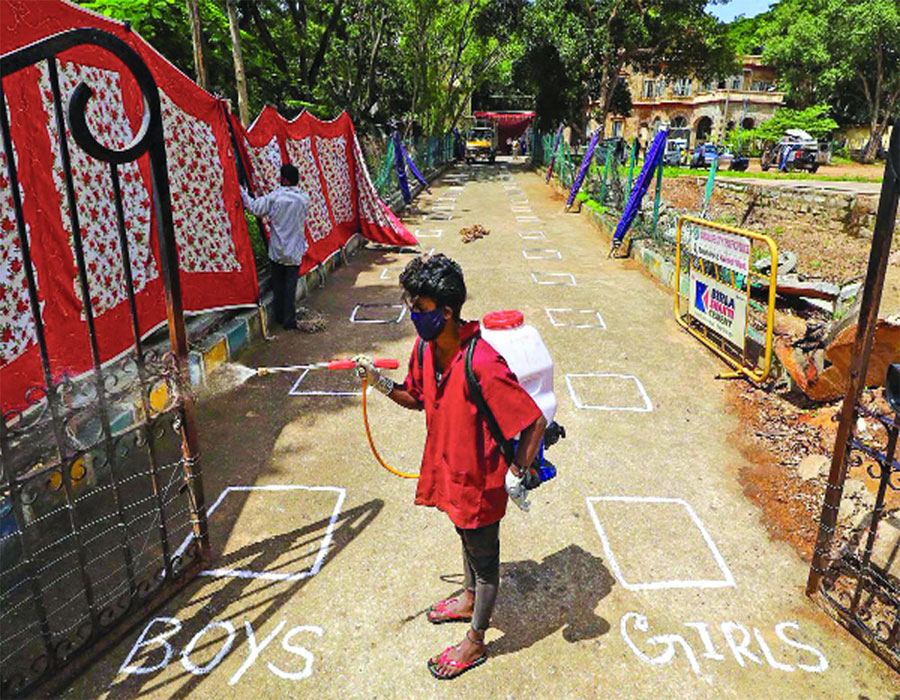
 OpinionExpress.In
OpinionExpress.In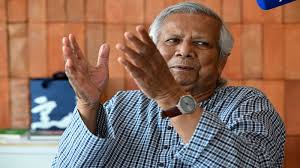

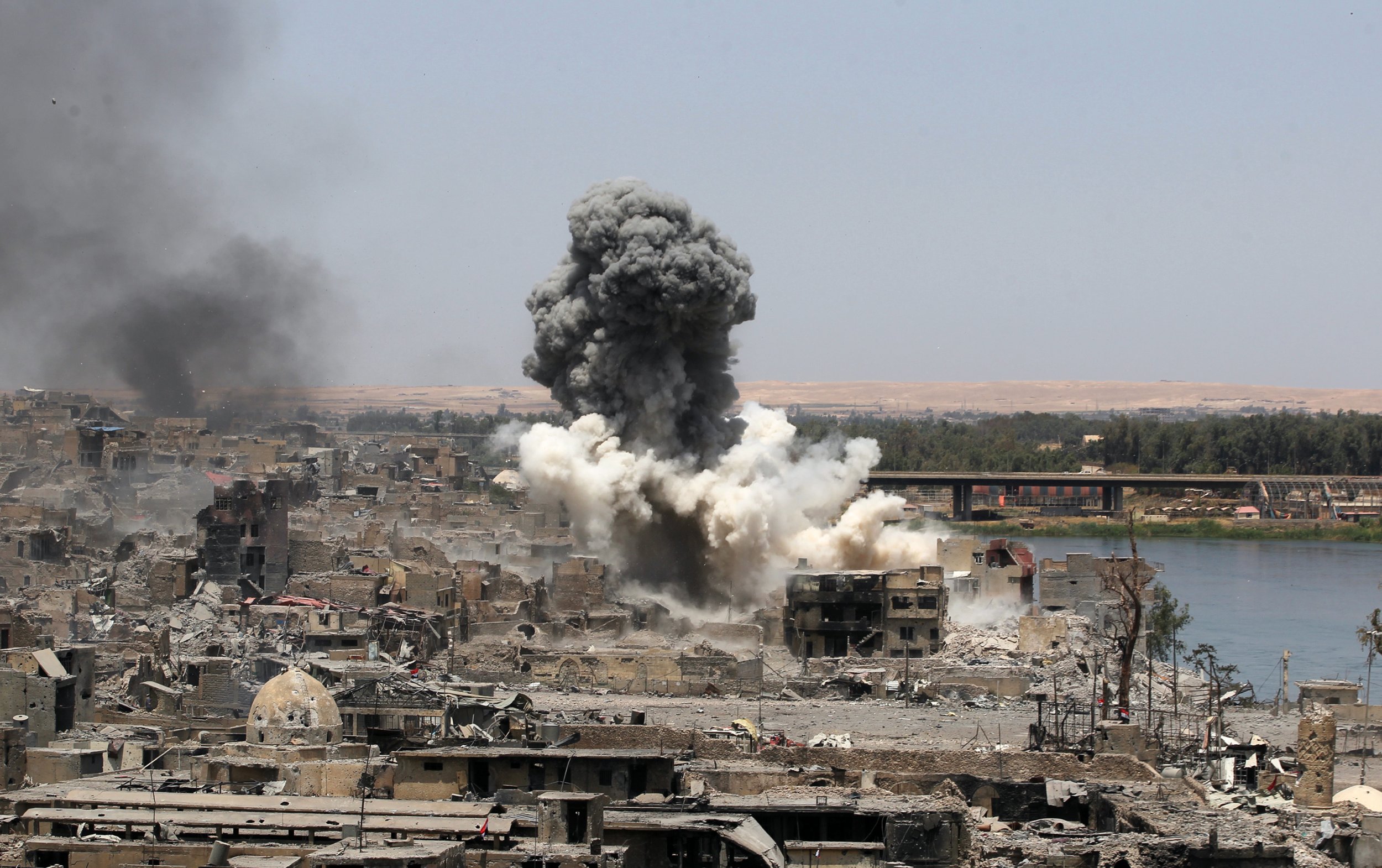
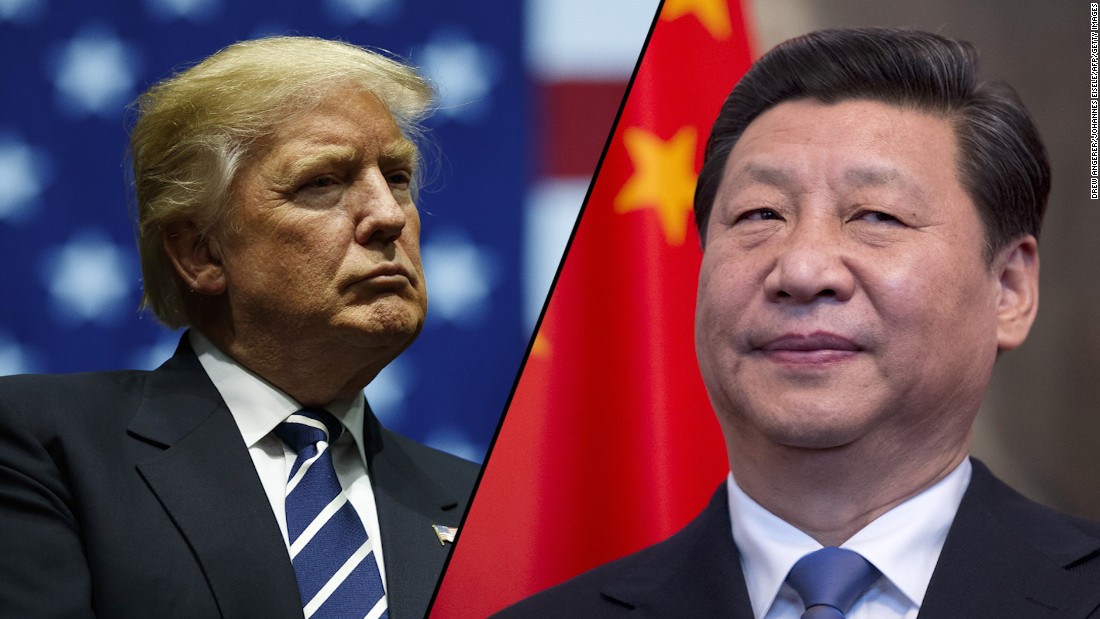
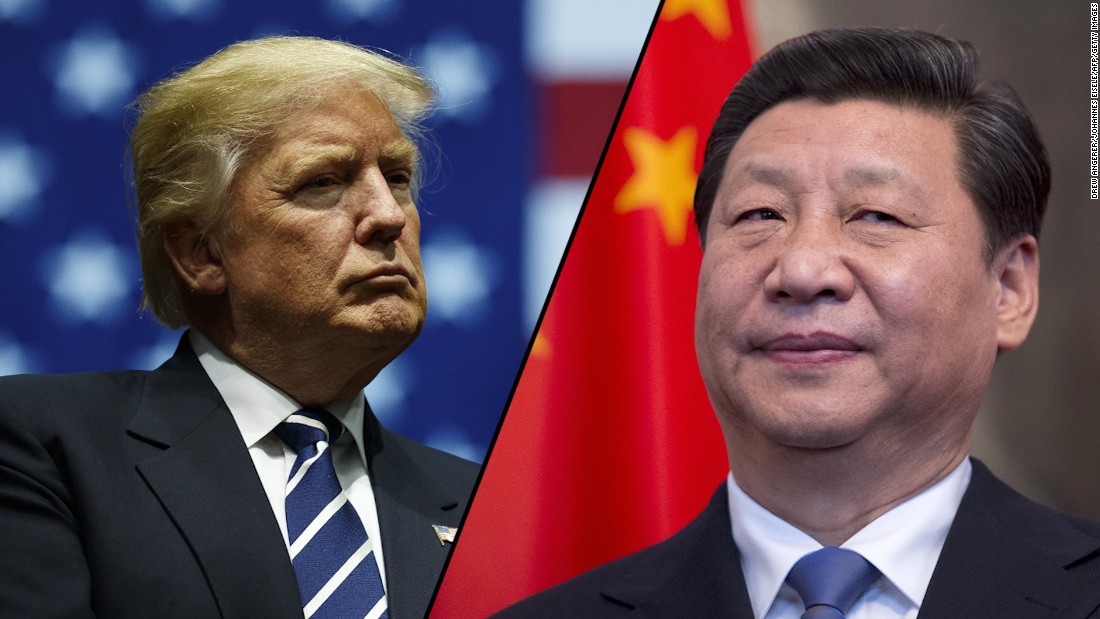
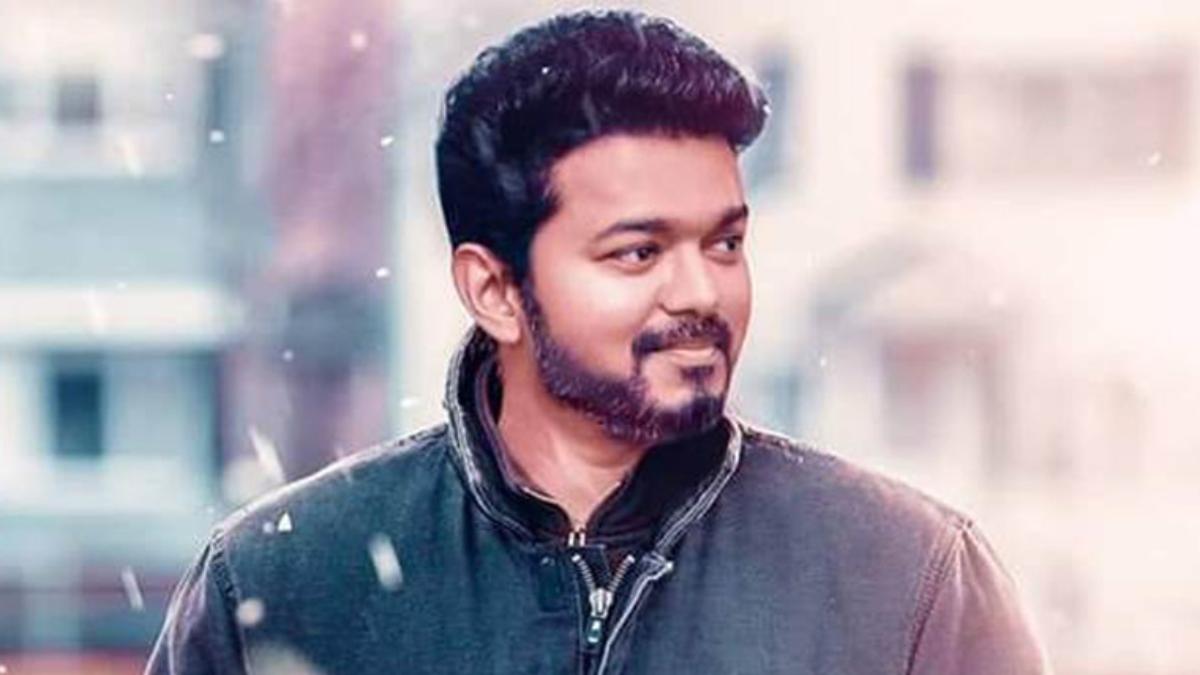

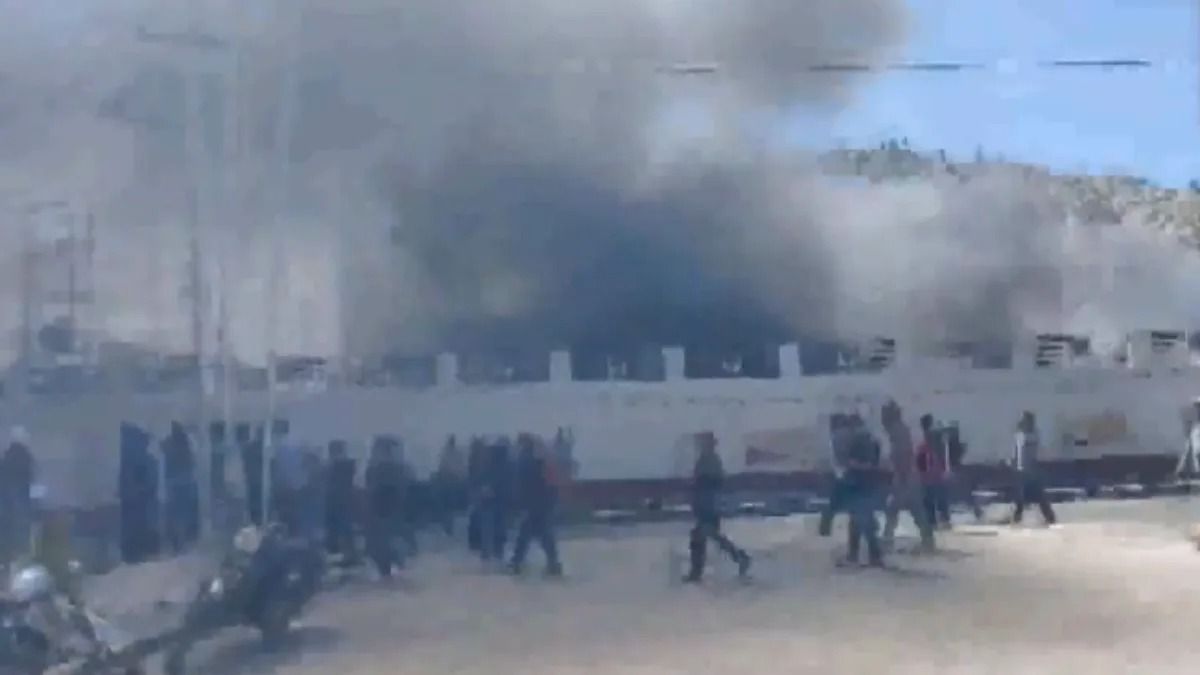
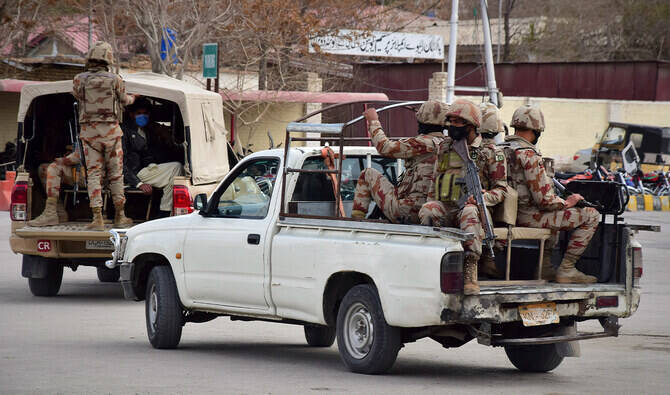
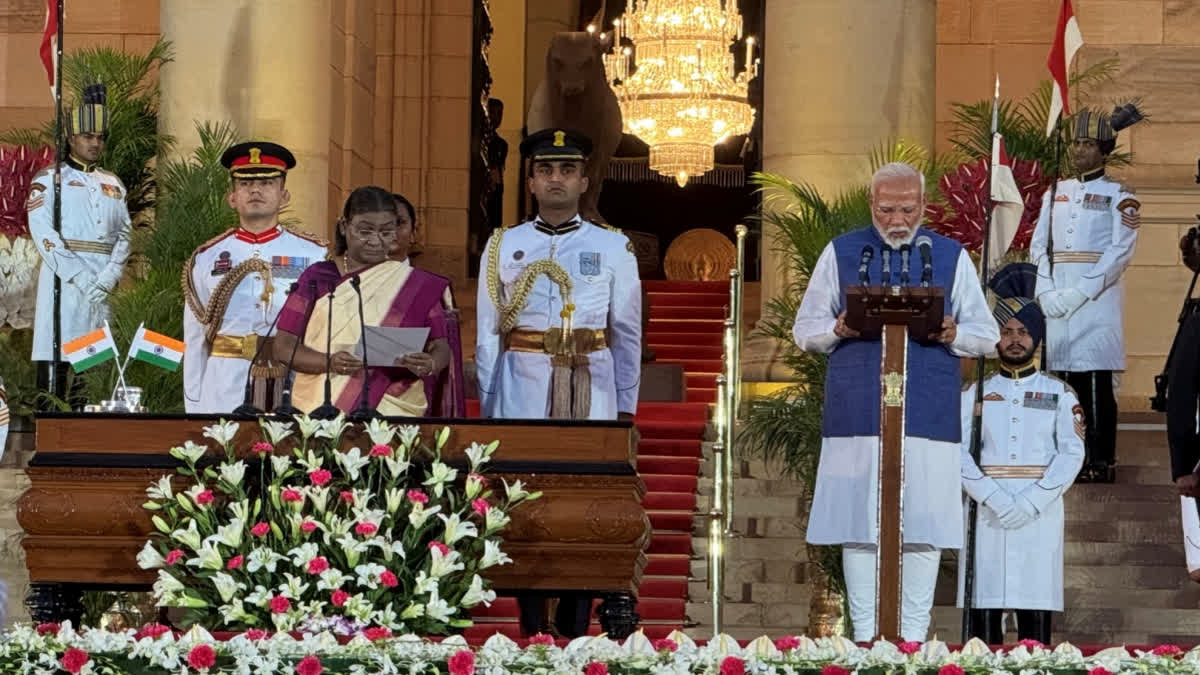






Comments (0)